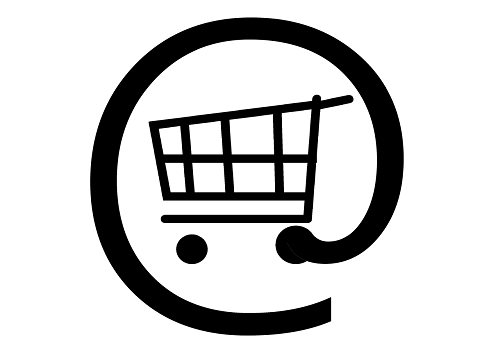
SEO Tips for E-Commerce Websites
The e-commerce industry continues to grow larger with each passing year. This trend is largely attributed to the fact that more people than ever now have Internet access, giving them the opportunity to order products and services online. According to Statista, more than 3.17 billion people worldwide now have access to the Internet — a number that’s expected to grow in the months and years to come. As an e-commerce site owner, you can take advantage of this growth by optimizing your website for higher search rankings.
Use Search Engine-Friendly URLs
One helpful SEO tip is to use search engine-friendly URLs. In other words, structure your website’s URLs so they contain the keywords and/or title of their respective page. Notice how the URL for this particular blog post is https://smallbusiness.support/seo-tips-for-e-commercemerce-websites? It contains the actual post title instead of just a generic string of random characters. Search engines pay attention to URLs, using it to calculate where and how to rank the webpage in their indexes.
Add Content to Product Pages
Don’t underestimate the importance of having content on your product pages. You might be wondering why content is necessary for pages that are designed strictly for products. Well, Google has said time and time again that publishing high-quality content is the single most important thing webmasters can do when creating a website — and e-commerce sites are no exception.
Without content, you’ll have a difficult (if not impossible) time trying to rank product pages, simply because there’s little information for Google to use in its search ranking algorithm. Don’t just copy and use the generic descriptions offered by the manufacturer or distributor, but instead create your own unique content for your site’s product pages. Doing so will go a long ways in encouraging higher search rankings. The bottom line is that you need unique, high-quality content published on each and every product page.
Optimize for Faster Load Times
Site speed can and will impact the search rankings of an e-commerce website. If visitors are forced to wait a time for a site to load, search engines may “adjust” the site’s ranking accordingly. You can check your e-commerce site’s load times by using one of the many online tools such as Pingdom. Upon entering your site’s URL into the toolbox, it will reveal the time it takes to access and load, comparing it with other websites tested as well.
On-Page Optimization
Of course, on-page optimization is also an important step in achieving a higher search ranking for your e-commerce website. This includes things like using relevant and appropriate page titles, Meta descriptions, headings, sub-headings, keyword-rich content, interlinking pages together using anchor text, setting image file names, and ensuring there’s little-to-no duplicate content on your site. Using a combination of on-page and off-page optimization, you can achieve a higher search ranking, and ultimately more traffic, for your e-commerce website.
Have any other e-commerce SEO tips that you would like to share with our readers? Let us know in the comments section below!


Nice tips. I’m curious what we should do with pages when we run out of inventory of a particular item(s).
Maura:
I believe you should leave the page up, so long as you realistically anticipate getting more inventory in a timely manner. However, your customers might become frustrated if they come back many times and you haven’t restocked.
Are consumer reviews on products good for providing unique content? I’ve heard that is the case.
I’ve read that helps Amanda. Also, I’ve read that tailoring the manufacturing descriptions is a good way to improve SEO.